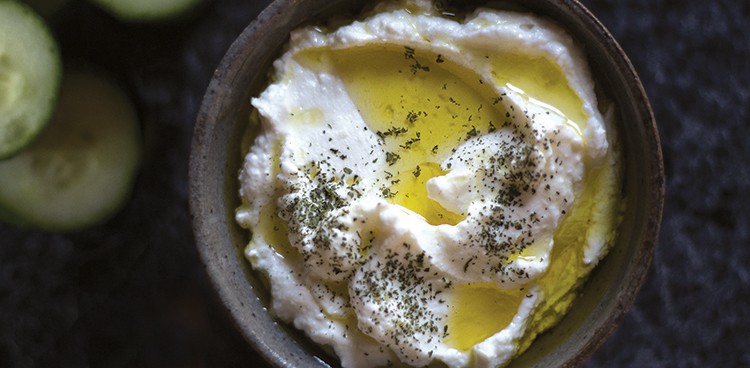
Before I discovered labneh (and Greek yogurt, for that matter), I assumed all yogurt was like what I found in the supermarket dairy case: sweet, custardy, and just a step away from ice cream. I never knew it could be so simple and more healthful.
Labneh—strained yogurt—can range in texture from soft to dense and in flavor from mellow to mouth-puckering. If you tinker with the cultures, the richness of the milk, and how long you drain the curds, you can create myriad variations.
And make sure to enjoy your labneh (pronounced LEB-neigh) properly. A friend who grew up eating the stuff claims the spread exists as a vehicle for olive oil. Her recommended breakfast: labneh and olive oil on toast with tomatoes, onions, and dried mint. This rich and savory morning meal is a far cry from a sugary cup of caramel crème or blackberry-vanilla yogurt. Here’s how to make your own. This recipe takes two days from start to finish but is mostly hands-off. To simplify it, start at Step 4 with two quarts of plain, store-bought yogurt.
LABNEH
Equipment:
Large heavy-bottom stock pot
Thermometer
20-inch-by-20-inch piece butter muslin (a flour-sack dishcloth works well)
Ingredients:
1 gallon whole cow’s milk
3 tablespoons plain store-bought yogurt (or ⅛ teaspoon freeze-dried yogurt cultures)
½ teaspoon kosher salt, plus more to taste
3 tablespoons olive oil
1 teaspoon dried mint
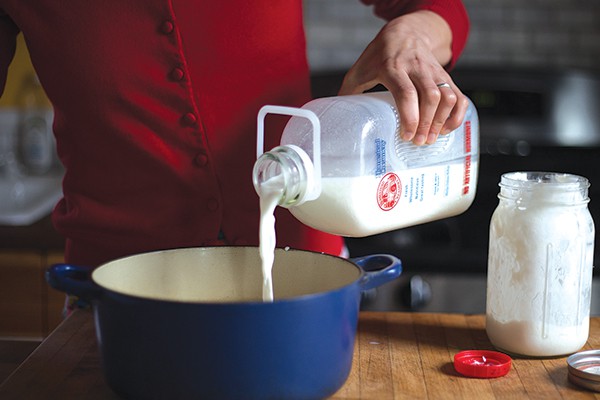
1. Add milk to a stockpot set over medium heat. Bring milk to 195°F, stirring often. Once milk reaches target temperature, remove pot from heat and place in a sink of cold water to chill. Keep pot in sink until milk temperature drops to 115°F. Remove pot from sink and set aside.
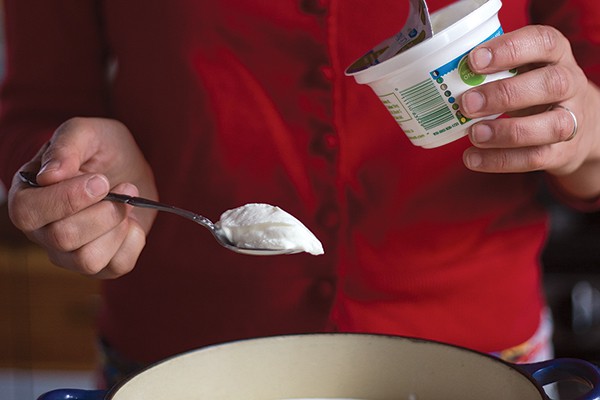
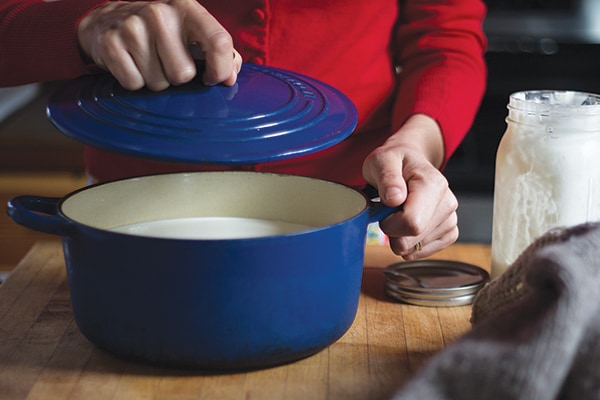
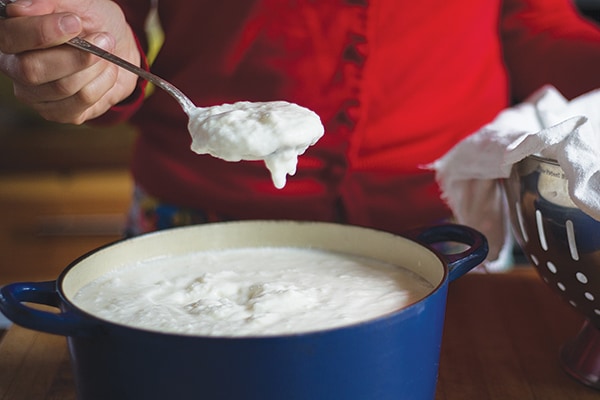
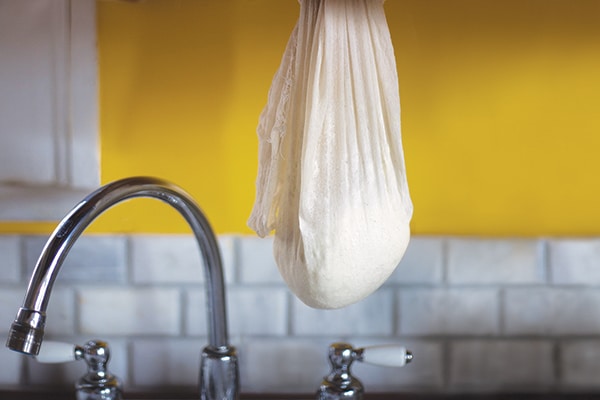
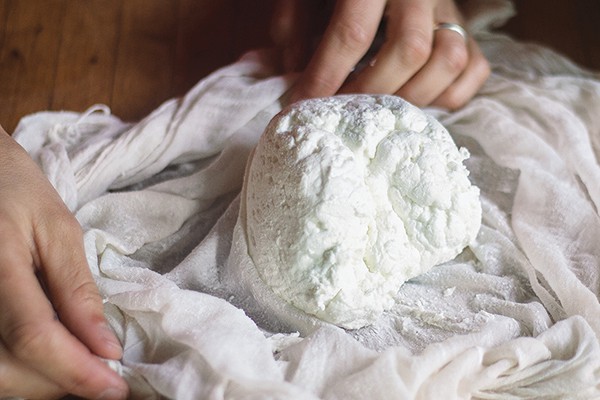
OTHER WAYS TO LOVE LABNEH
Generously spread labneh on an English muffin and drizzle with honey.
Use in place of sour cream on a baked potato.
Mix freshly chopped herbs—we like dill, mint, and chives—and spices (try ground sumac or turmeric) with the labneh to create a dip for fresh veggies.




